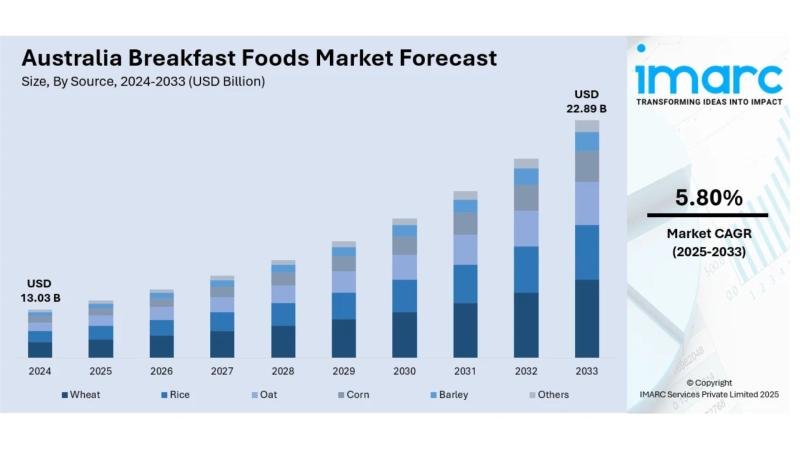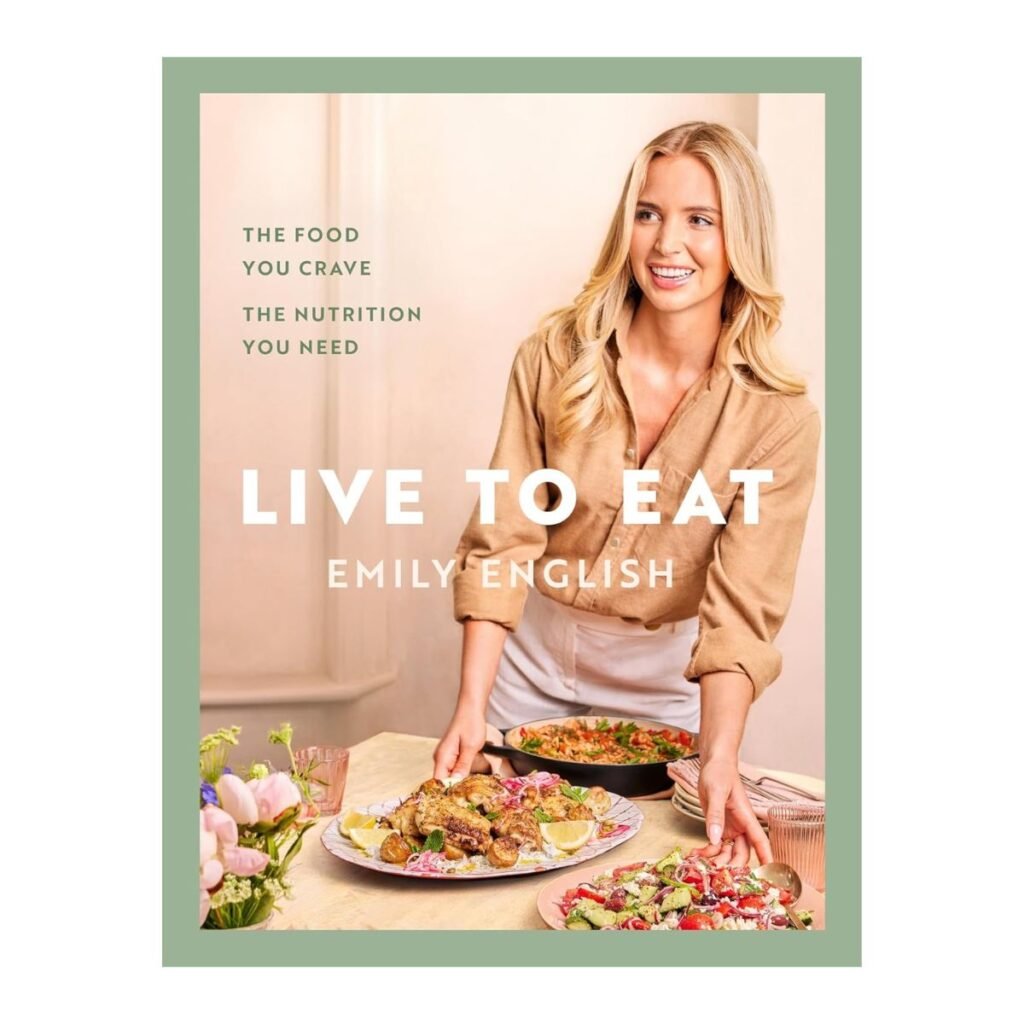It’s lunch time at York International School, a kindergarten through 12th grade public school in Thornton, and the cafeteria is packed. Sixth- and seventh-graders share what they are having for lunch:
Cheese toast and blueberries. Chicken and rice — and something else one boy doesn’t quite know the name for.
“A pear,” his friend tells him.
Some of the fresh food are new items some kids don’t get at home.
“I love that it’s free,” said one student. “When it wasn’t free, my mom was kind of homeless. We were kind of on a budget and it was hard to eat here. But now it’s free and I can eat for free.”
They also love the food at the cafeteria.
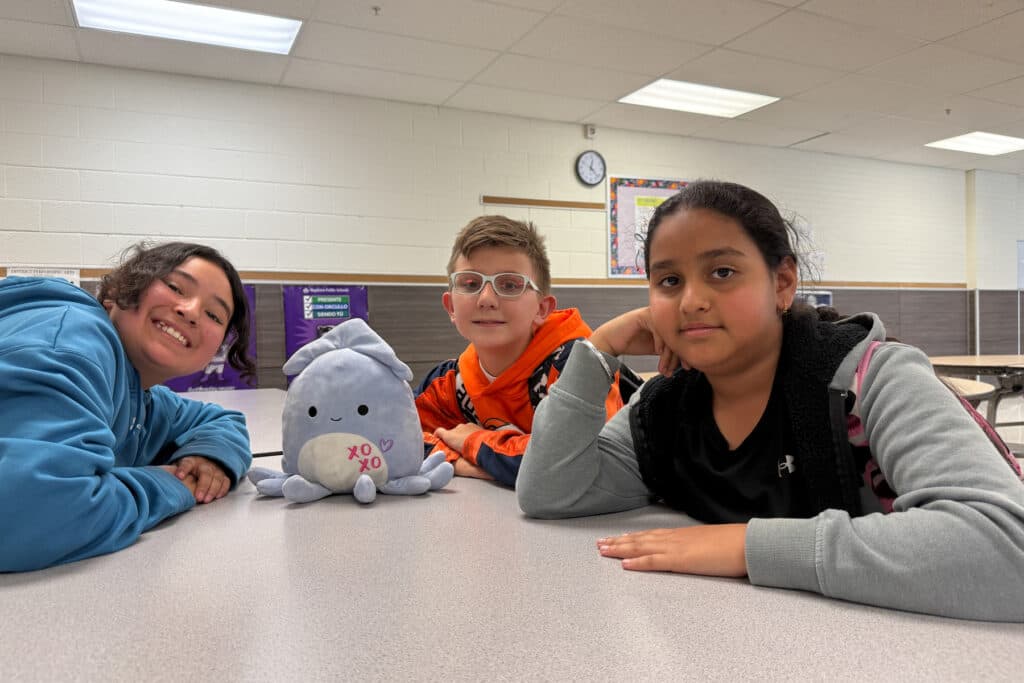
Jenny Brundin/CPR News
“Bussin’! Fantastic! So good!” are some of their reviews. Hands down, the pizza crunchers are the group’s favorite food.
Whether all the children at this school will continue to get free breakfast and lunch is up to voters.
Two measures on the ballot, Propositions LL and MM ask voters to let the state keep and raise more money for a program they approved four years ago — by increasing taxes on the wealthiest Coloradans. Supporters say the tax targeting higher-income earners pays for an essential and popular program that has yielded benefits inside the classroom and to all Colorado families. Opponents say it’s an example of government overreach and one that voters need to weigh against other state priorities during a budget crunch.
How did we get here?
Before 2022, only students who qualified got free or reduced-priced lunch at school. That year, Colorado voters approved Proposition FF, the Healthy Meals For All measure by 57 percent. It had three components: all public school students regardless of income could get free school meals; money for schools to pay local farmers for fresh produce, and cafeteria workers would get a raise. It was meant to be an investment in Colorado’s entire food system with the three interlocking pieces.
The program raised even more than the $100 million it was allowed in the ballot measure. But by the second year, it had a $50 million budget gap. Two components of the program, a raise for cafeteria workers and money for schools to buy from local farmers, never went into effect. Farmers were upset because they’d already planted crops to sell to schools. Some were planning to build greenhouses.
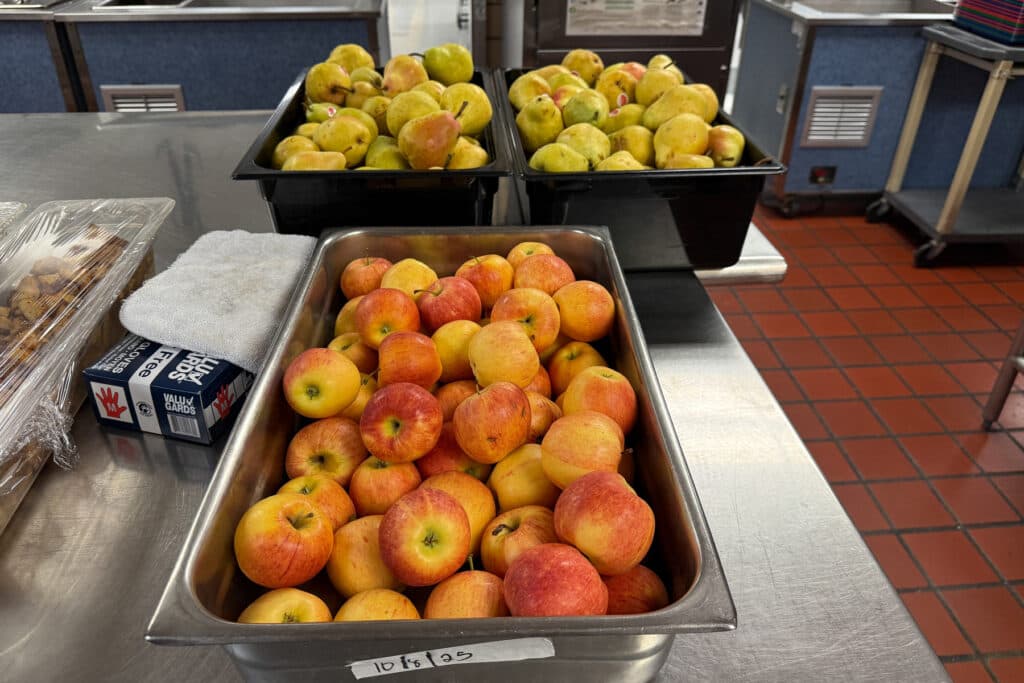
Jenny Brundin/CPR News
Proposition LL and MM would tax households earning $300,000 or more about $480 dollars a year — roughly 6 percent of households. It would fully fund everything on the original ballot measure that voters approved.
The why behind Healthy School Meals for All
The goal wasn’t just to eliminate hunger. Those who spearheaded the measure — parents, anti-hunger advocates, teachers and others — said making school meals free for everyone takes away the stigma about the lunch line. They didn’t want kids to feel embarrassed or singled out for getting a free lunch — or — falling behind on payments.
“Those students might’ve looked at it like, ‘Well if I go up there and I know my parents aren’t paying this bill, someone might say things to me,’” said Lindsay Hull who heads up Mapleton School District’s nutrition program.
She said middle and high school students were sometimes missing out on what could have been their only healthy meal of the day. Hull said the program has really made a difference.
“It really did take away that stigma,” she said. “We have a lot of staff who indicated that students who rarely or never ate started to eat once all the meals were free.”
She said it gave kids more access to fresh vegetables, new salad bars, and kids got more control over what they eat.
More students lined up
The program was a hit. It feeds about 600,000 students statewide. That’s 100,000 more kids eating lunch and 50,000 more getting breakfast than before the measure. About 30 percent more kids are eating lunch in the cafeteria.
The measure’s backers say that it helped families struggling with the higher costs of living when it went into effect in the 2023-24 school year.
“This was really peak food inflation, so that impacted the cost of the program and that also really impacted how many families needed this support,” said Anya Rose with Hunger Free Colorado.
On average, the measure saves families about $1,250 per child each year. But right now the measure only raises enough money to fund free meals for everyone through December.
What LL and MM would do
Proposition LL would let the state keep $12 million more than it originally told voters it would raise under Proposition FF. The Taxpayer Bill of Rights requires voter permission to hold onto that money. If LL fails, the $12 million gets refunded to the people who paid the tax – about $64 to those higher income earners.
Proposition MM is the bigger measure. It would fund the full Healthy School Meals for All program voters approved in 2022 by raising an extra $95 million dollars. The money would pay for free meals for all students – and pay for the cafeteria workers’ raises and locally grown produce programs that didn’t get off the ground. It would do that by further limiting tax deductions on Coloradans earning $300,000 or more, costing them an additional $480 a year.
Mapleton School District was in the pilot program for locally sourcing food. It bought cantaloupe, watermelon and peaches. The district’s Lindsay Hull said passing the measures would let them buy potatoes and hothouse lettuce and tomatoes in the winter months.
“It’s definitely fresher,” she said.” It’s really nice to be able to explain to students where the food comes from that this was grown on a farm just 30 miles away from here.”
School districts have trouble hiring and retaining experienced cafeteria workers, who may be earning $22-$23 dollars an hour. Rose said a higher wage also recognizes the kind of cooking schools want to move to — scratch cooking with healthy ingredients — isn’t easy.
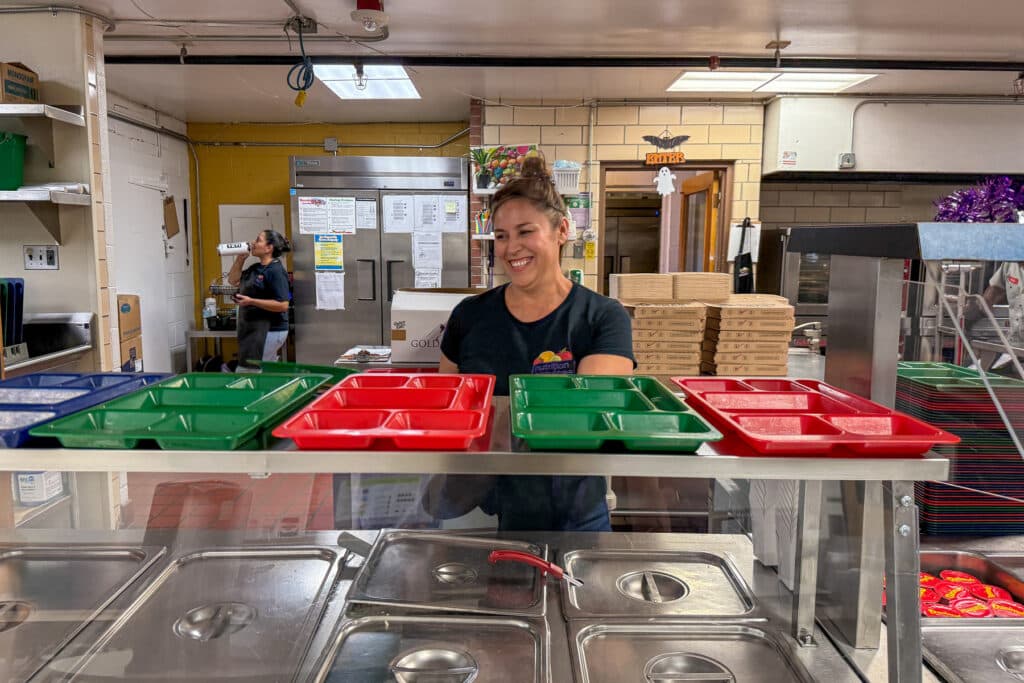
Jenny Brundin/CPR News
“Especially as we’re asking them to do more, to feed more meals, to do more intensive types of prep work.
Politics and pushback
Though there is no organized opposition to the measure, almost all state Republican lawmakers voted against asking voters. Republicans said they agree that kids who need food should get it. But they were skeptical that meals should be free for all such as wealthy Colorado families. Others testified against it at the Capitol.
“It’s not the job of the state to feed your kids,” said Boulder resident Erin Meshchke. “It’s your job.”
Some Republicans were concerned about seeing food waste at schools. Others questioned school staff reports about older children feeling a stigma about eating free lunch prior to it being free.
“Kids go in and punch in a seven-digit code,” said Rep. Brandi Bradley. “It doesn’t flash up, ‘Poor, poor, poor child needs to be fed by the government’ It just, they just go through. It’s a great system.”
Others say with the state in a budget crisis, there are other priorities.
“We’re supposed to be finding cuts, not just additional spending,” said Rep. Ken DeGraaf of Colorado Springs.
The view from children
Students at York International School in Mapleton had a different take. Even at a young age, they are aware that before the program not everyone could afford to buy or bring lunch.
“It gives food to the kids who can’t afford lunch at their homes because their parents might be tight on money,” said Ashton, a middle schooler.
One student said her grandmother doesn’t have much food in the fridge.
“People work hard to get money and it’s not that easy,” said Elina, 11.
One boy named King also noticed something else.
“After getting lunch for free it helped the atmosphere because it gave everybody a chance to eat and people were not starving,” he said.
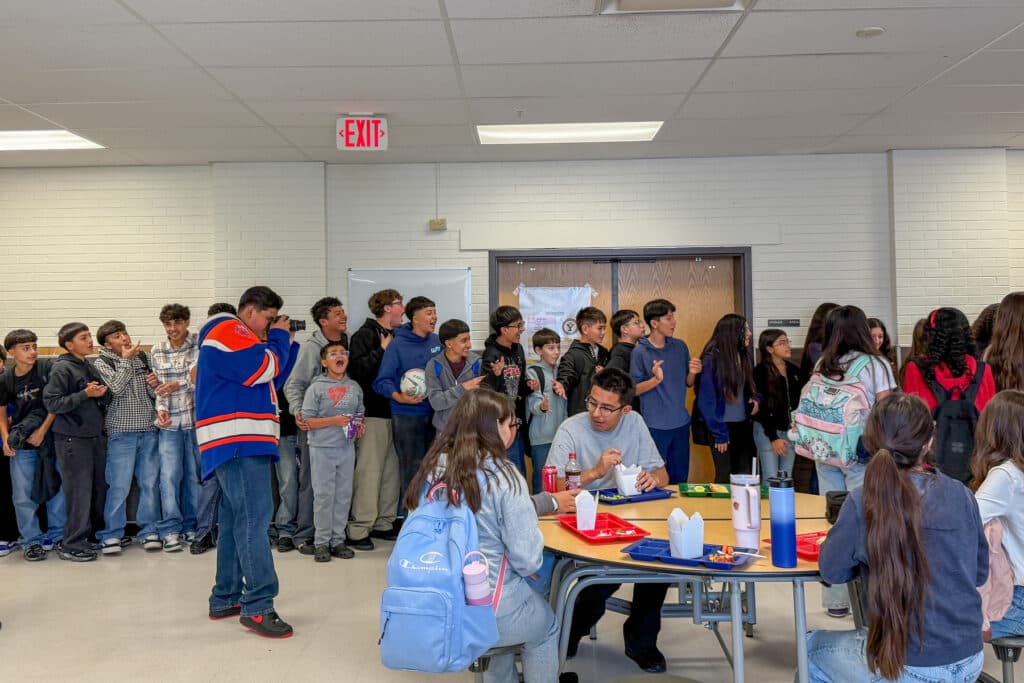
Jenny Brundin/CPR News
Research backs that up. Meal skipping and hunger cause a loss of concentration and motivation in class and more behavior problems. Teenagers who experience hunger are more likely to be suspended from school. And for some families, the stress of not having to worry about lunch money or brown bagging it is major.
“But with free lunch you don’t have to worry about it … you get in line, get lunch, get any fruit, and vegetable right there, you get to eat,” King said.
Connection to hunger statewide
Advocates hope passing the measures help address hunger statewide. Democratic lawmakers added a provision that if there’s any money left over, it would go to support SNAP, the Supplemental Nutrition Assistance Program, or the federal food-stamp program. Congress’ tax-and-spending bill made changes to the program that could cost Colorado $50 million more.
Sen. Dafna Michaelson Jenet, a Democrat and bill sponsor, called the cuts “an absolute crisis” and urged voters to allow “any overage to go to SNAP to make up the shortfall.”
If both measures pass, free meals for all students would continue. Schools could buy more local food, and cafeteria workers would get long-awaited raises. If both fail, universal free meals end in January. And schools with lower poverty rates would go back to charging for lunch.
“We estimate about 30 percent of Colorado public school students would no longer have access to free meals for all,” said Hunger Free Colorado’s Rose.
If only LL passes, all students could likely get free meals until the end of this school year. Then the program would have to scale back significantly.
Ballots are due Tuesday, Nov. 4, by 7 p.m.


